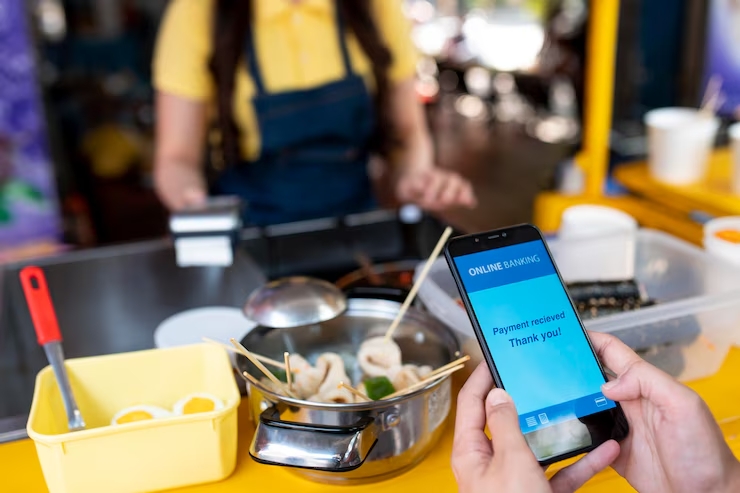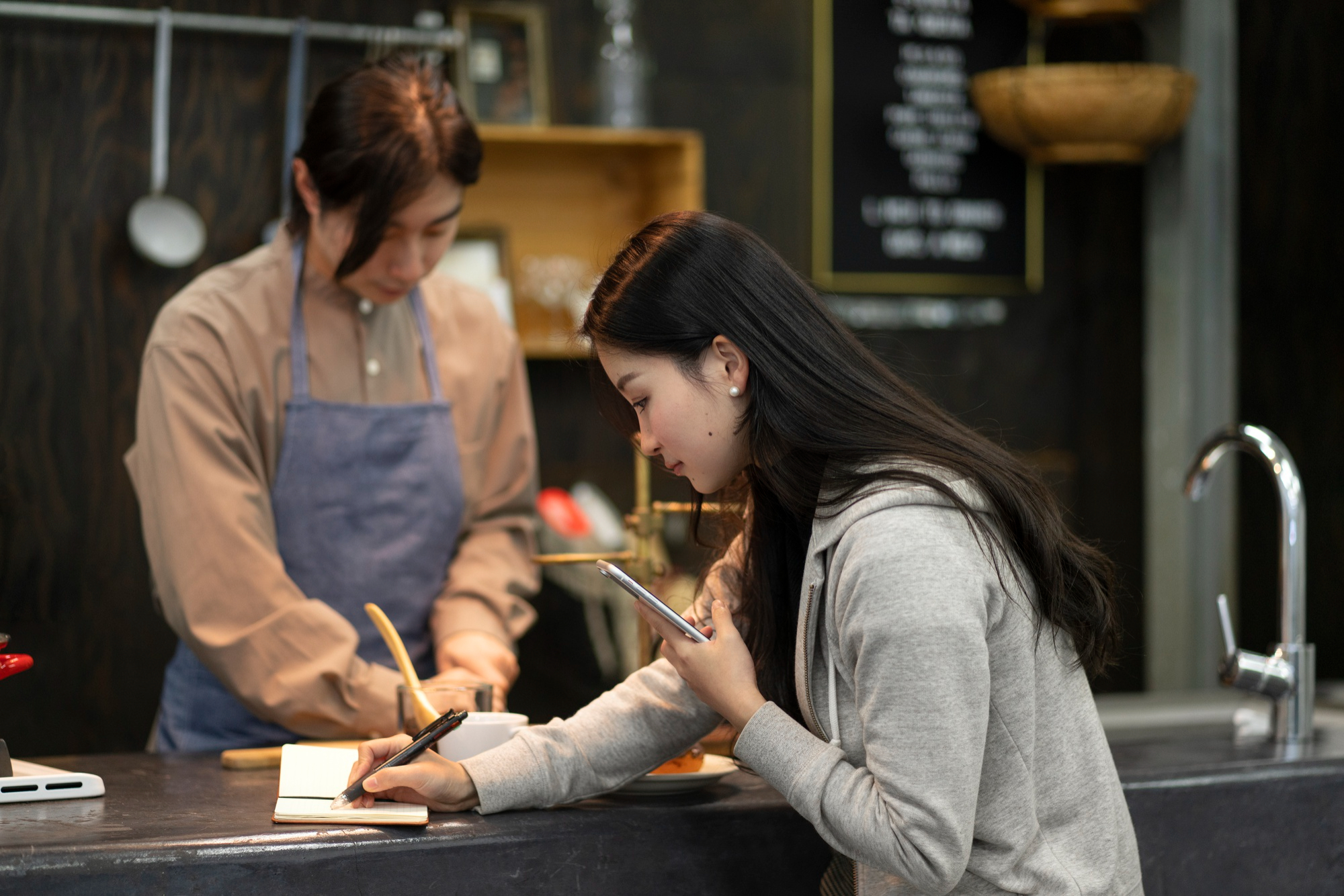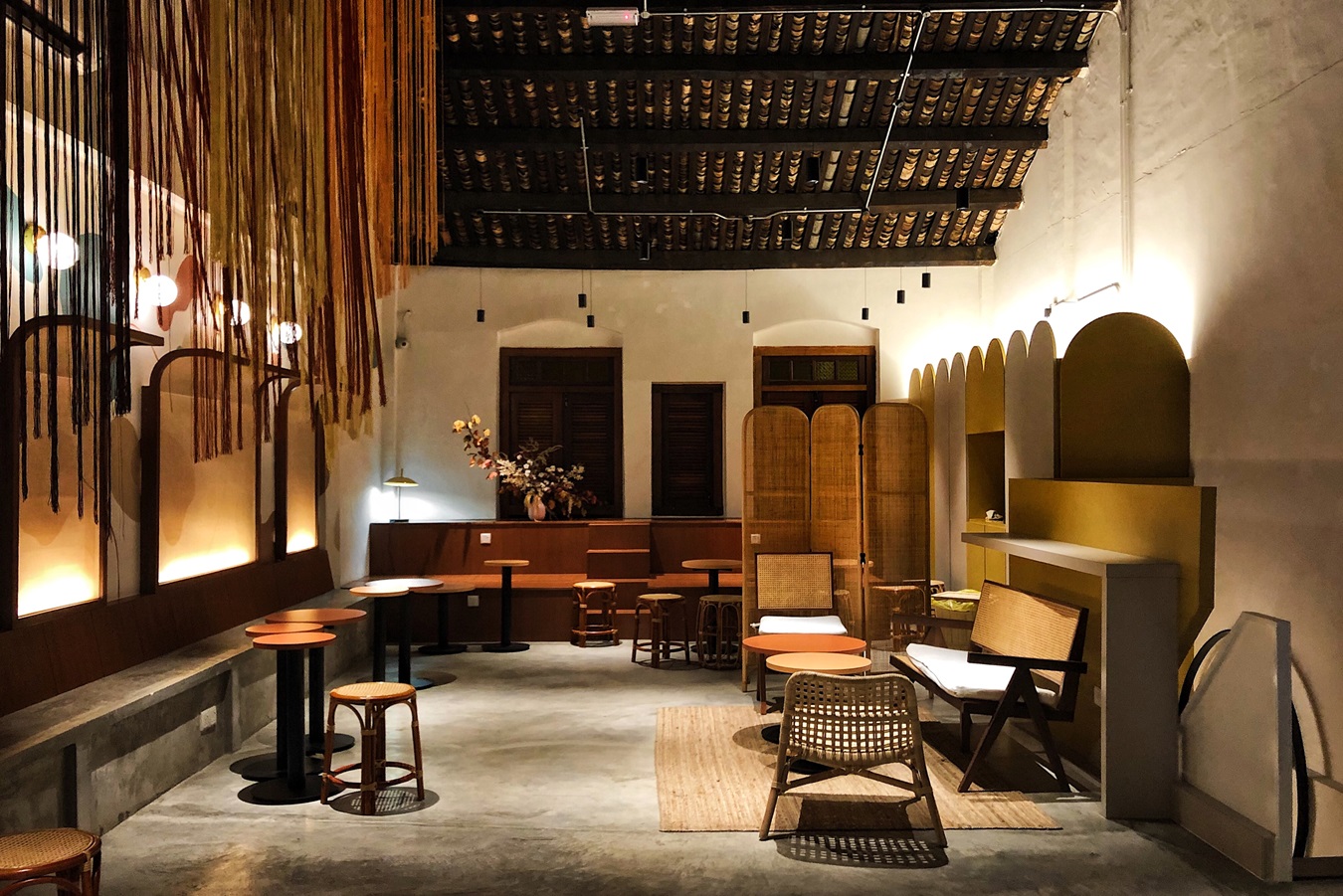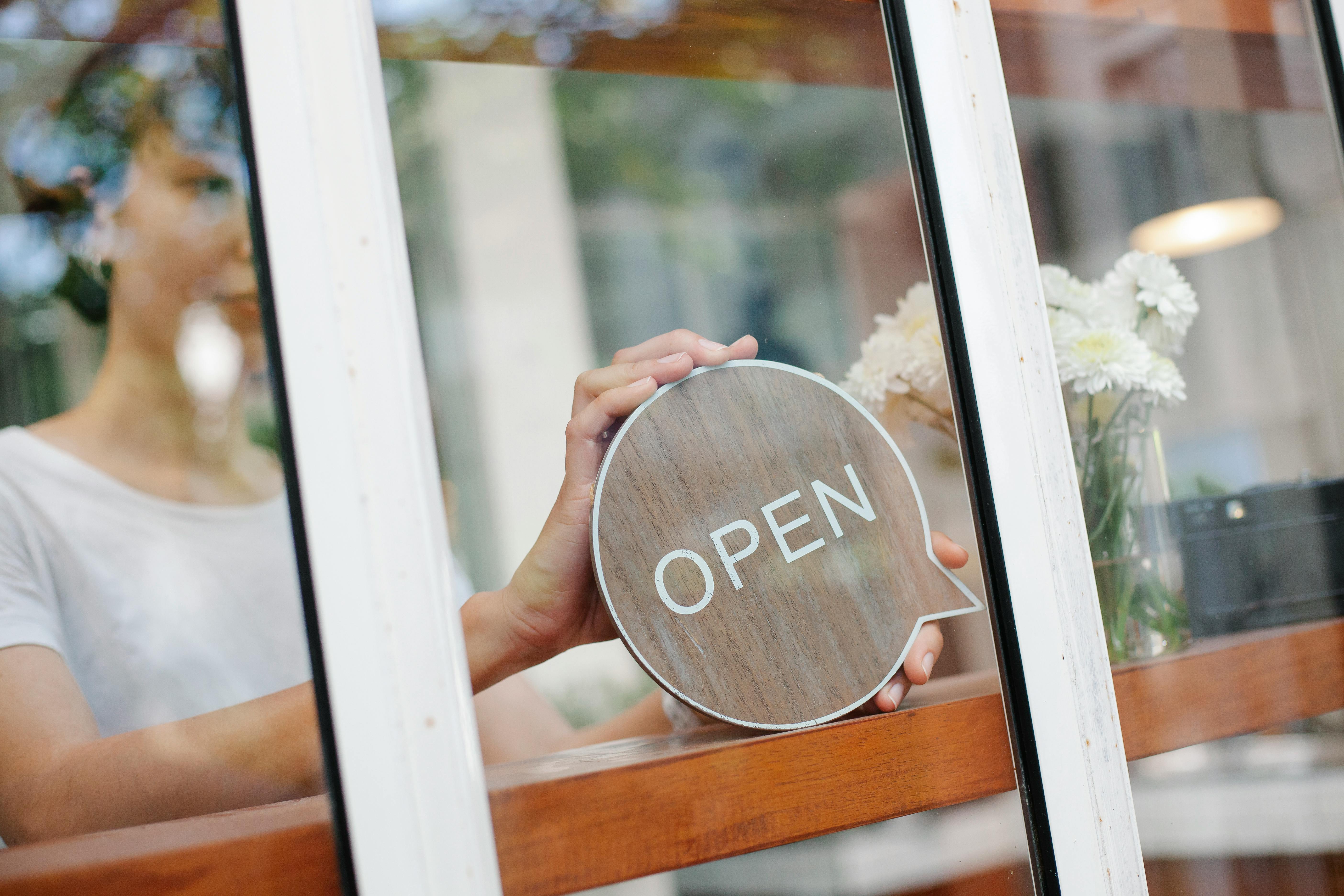 SHARE
SHARE
Want Your Restaurant to Run Smoothly? Understand What “Last Order” Means and How to Manage It
Briantama Afiq Ashari
Ever been sitting comfortably at a restaurant, just browsing the menu, when suddenly a staff member says, “sorry, last order is over”?
That moment can be disappointing, especially for customers who just arrived.
If you run a food business, this kind of situation needs serious attention.
Understanding what the last order means and how to manage it isn’t just about time, it’s about keeping your operations efficient and your service top-notch.
What is Last Order?
Last order doesn’t mean the restaurant is closing right away. It refers to the final time customers can place their food or drink orders.
After that point, the kitchen starts cleaning up and the team gets ready to close.
The timing varies depending on the business model—some restaurants set it 30 minutes before closing, others up to an hour in advance.
It all depends on your service strategy and operational rhythm..
Why Setting a Last Order Time is Crucial
Imagine your restaurant closes at 10 PM. A customer walks in at 9:59 PM and places a large order.
The kitchen has to stay late, staff get exhausted, and service quality might drop.
By setting a clear last order time, you create structure and avoid chaos at the end of the day.
It helps keep your operations smooth and ensures all customers are served properly—without overburdening your team.
Read Also: Want to Increase Your Revenue? Understand First What Customer Retention Is and Its Benefits!
Educating Customers is a Must
Source: Freepik
Many customers aren’t familiar with the concept of a last order. That’s why complaints like “but you're still open!” are common.
You can educate them in various ways—display information on tables, include the last order time on menus, and post updates on social media.
Make sure your staff are trained to communicate this info politely and consistently.
What is Last Pre-Order?
Source: Freepik
For food businesses that operate on a pre-order basis, you also need to understand last pre-order.
This refers to the final date customers can place orders for limited or seasonal items—like holiday cakes.
Knowing and communicating this deadline helps you manage production and delivery more efficiently.
That way, customers receive their orders on time, and your operations remain smooth.
Read Also: Understanding Scale Up: The Key to Growing Business, Here's the Strategy!
How to Set Last Order Times Effectively
First, determine your restaurant’s official closing time. Then, set the last order time 30–60 minutes before closing.
For example, if you close at 10 PM, your last order could be at 9:00 or 9:30 PM.
Make sure all staff are briefed on this rule regularly—not just the kitchen team, but also servers and cashiers.
And of course, inform your customers clearly—whether through your POS system, social media, or online ordering platforms.
Use Technology to Manage Last Orders Better
When your restaurant gets busier, managing last orders manually can be overwhelming.
That’s where modern POS systems. They offer automated reminders for operational hours and last order times.
These features help your staff stay on track and ensure customers understand the ordering cut-off.
The system also syncs with delivery apps like GrabFood and GoFood, so last order times are enforced automatically.
Conclusion
Last order isn’t just a time cut-off—it’s a crucial part of running a well-structured, professional restaurant.
With the right system, you can maintain smooth workflows, uphold service quality, and avoid unnecessary stress during closing hours.
If you’re still managing it manually, now’s the time to upgrade.
Use ESB POS, or ESB Order to manage all types of orders—daily and pre-orders—with ease. Your operations will run smoother, and your customers will leave happier.
Contact the ESB Team right now!
 SHARE
SHARE




